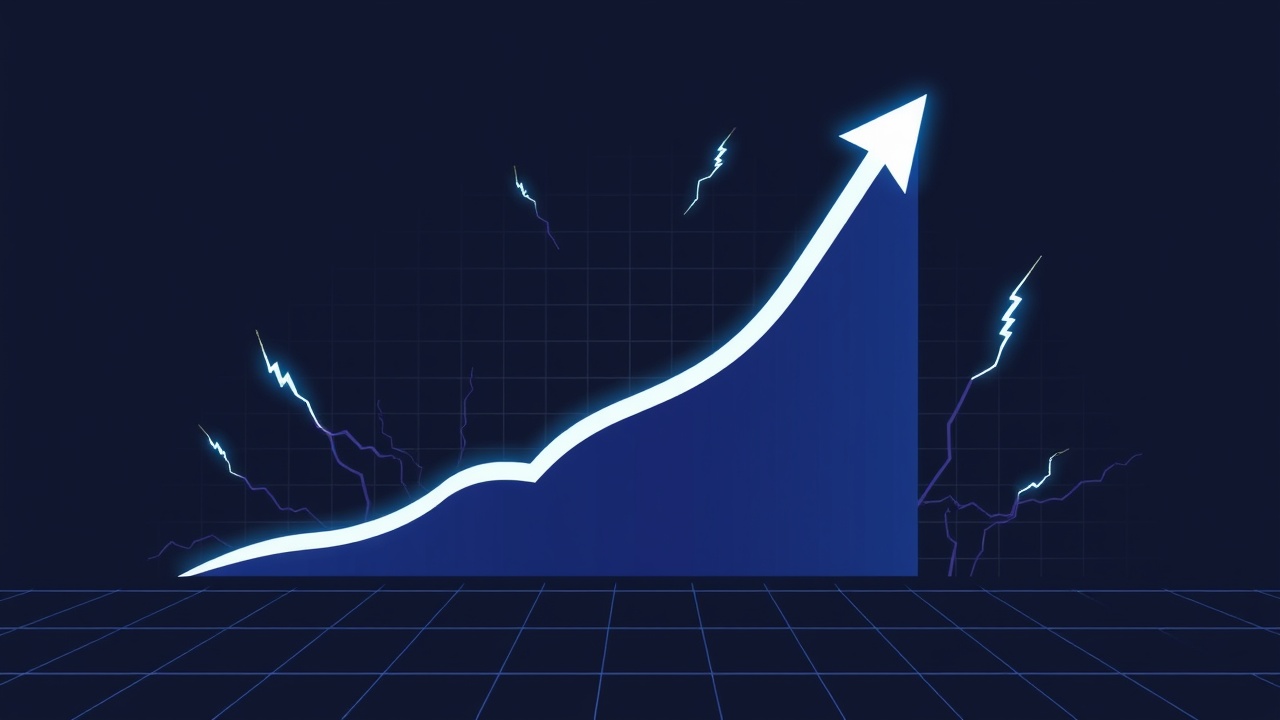Decline of the Lightning Network
Recent analyses on the Lightning Network indicate a significant downward trend in both its capacity and the number of active channels over the past year, signaling a shift towards increased centralization among a select few operators and geographic regions. As of late August 2025, Lightning Network capacity has dwindled to between 3,850 and 3,870 bitcoin, a notable reduction from approximately 5,300 to 5,500 bitcoin recorded just a year earlier. This change represents a decrease of around 1,500 to 1,700 bitcoin, equating to a decline of roughly 30% to 35% compared to levels observed in mid-2024.
Long-term Erosion and Channel Count
The persistent drop, highlighted by a continuous decline—with only fleeting moments of stabilization—points to a long-term erosion rather than temporary volatility. The count of Lightning channels has similarly dropped, falling to 41,724 on August 23, 2025, from a peak exceeding 80,000 mid-2023, indicating the current number of channels is nearly half of that previous high. The ongoing decrease affects the availability of payment routes, compounding issues as both capacity and connectivity are retreating.
Node Privacy and Geographic Distribution
Despite the decline in overall activity, trends in node privacy remain steadfast. A notable majority of network nodes continue to operate under the veil of anonymity, utilizing privacy-focused routing protocols such as Tor and I2P. According to data from mempool.space, a substantial share of nodes is connected via these privacy layers, with clearnet-only arrangements being less common.
Geographically, the data suggests that the Lightning Network is heavily skewed towards a few nations. In terms of visible clearnet nodes, the United States takes the lead with 30.55% of the total, translating to 3,819 nodes, followed by Germany at 11.03% (1,379), Canada at 9.31% (1,164), China at 9% (1,125), and France at 8.42% (1,053). This concentration indicates a preference among operators to publicly reveal their infrastructure primarily in countries like the U.S. and Germany, whereas others opt for more privacy-oriented setups.
Liquidity Concentration and Hosting Trends
The liquidity flow within the Lightning Network remains concentrated around a few dominant hubs. ACINQ leads with 445.78 BTC, which constitutes about 11.5% of the network’s liquidity. Other notable players include Binance, Bitfinex, and Kraken, each managing significant liquidity but through fewer channels compared to ACINQ. Collectively, the top ten operators command approximately 2,389 BTC, representing around 62% of the overall liquidity observed, underscoring the centralized nature of network traffic.
Furthermore, hosting trends mirror the liquidity patterns. Clearnet nodes account for the majority of visibility and managed liquidity, while Tor-hosted nodes and those without identifiable providers represent a smaller fraction. Evidence shows an over-reliance on major cloud service providers like Amazon, Google Cloud, and DigitalOcean, indicating a concentrated use of infrastructure to support the network.
Conclusion
The similarities in declining trends across both the Lightning Network and base Bitcoin transaction volumes suggest a broader reduction in overall digital currency activity. As of now, the Lightning Network appears significantly scaled down compared to its former capacities, indicating a pivotal moment for stakeholders. The landscape signals an urgent need for reassessment as the network adapts to a notably altered operational environment going forward. The extent of liquidity concentration among a few centralized entities raises questions about the resilience and sustainability of the overall network infrastructure, as the Lightning Network continues to navigate through these shifting dynamics.
Ultimately, this analysis not only points to the Lightning Network’s gradual decline over the past year but also unveils the dynamics of liquidity distribution, operational nodes, and the providers safeguarding its infrastructural integrity.




